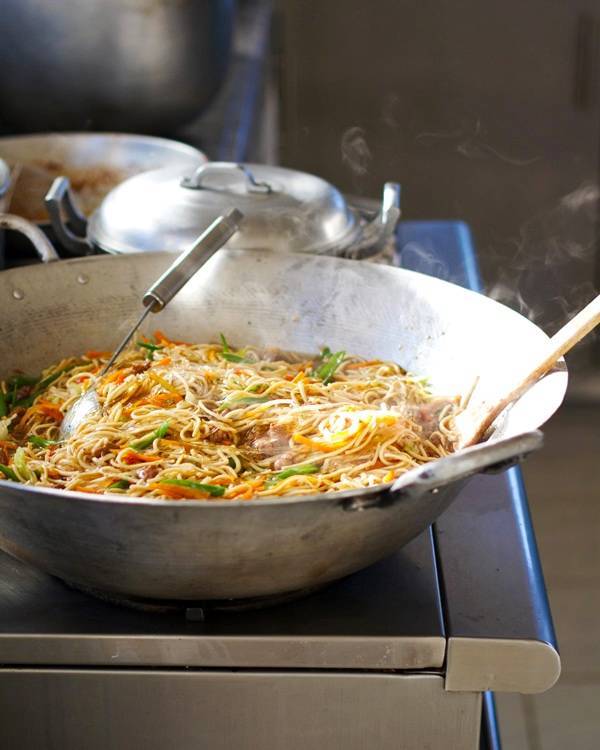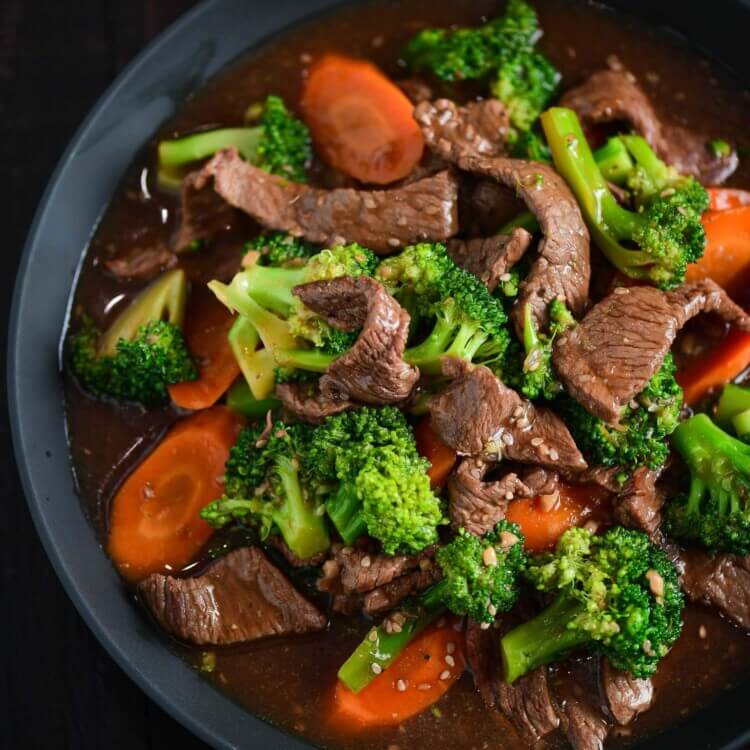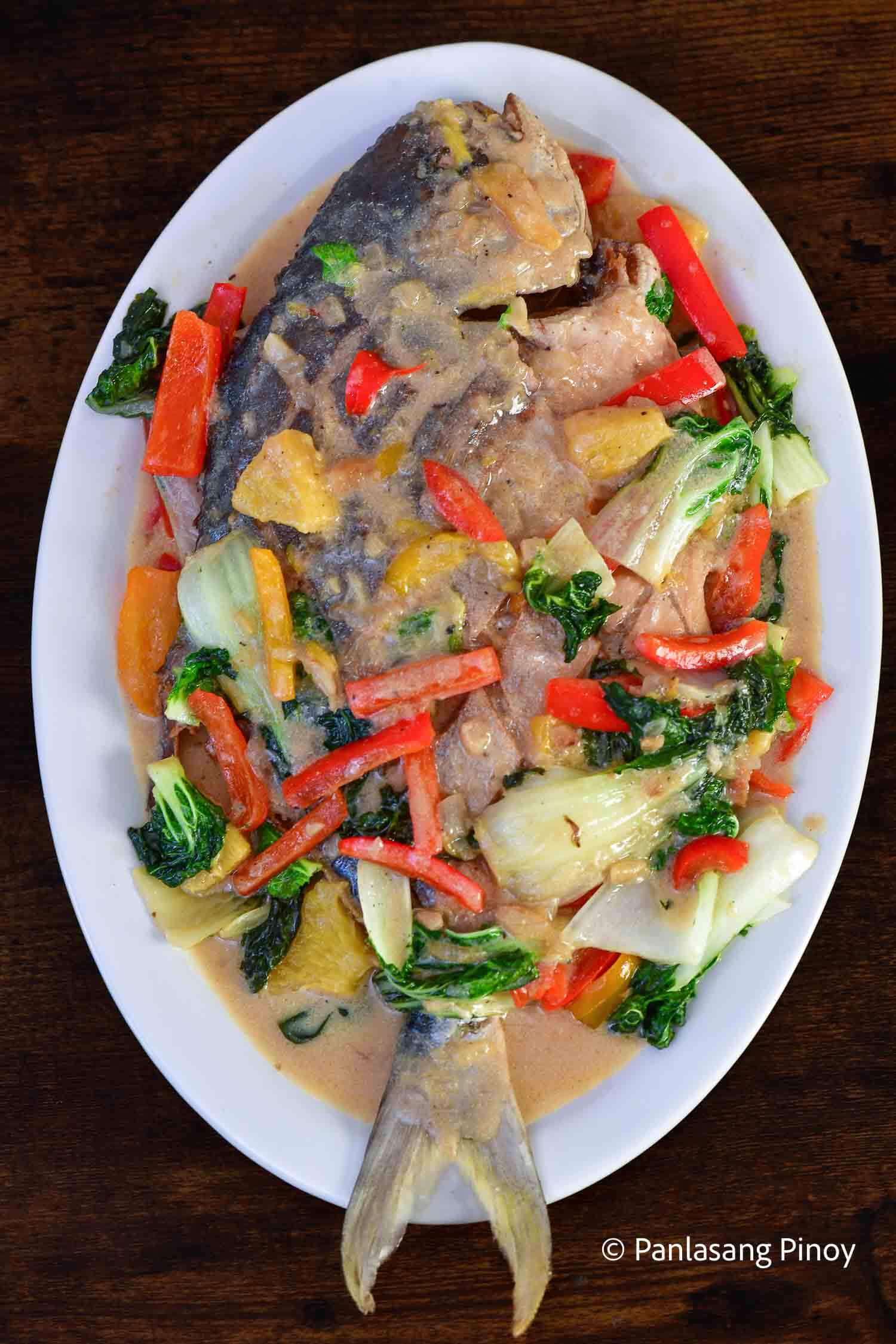From Soups to Stews : The Ultimate Filipino Food Recipes.
Authentic Filipino Food Recipes to Try in your home
Exploring genuine Filipino food dishes presents a chance to appreciate the elaborate flavors and cultural significance behind each meal. Using fresh, neighborhood components is crucial, as is embracing common eating-- a trademark of Filipino society.
Popular Filipino Cuisines
Filipino food flaunts an abundant tapestry of tastes and practices, with over a lots legendary recipes that highlight the nation's varied cultural influences. One of the most well-known dishes is Adobo, a mouthwatering stew typically made with poultry or pork, marinaded in vinegar, soy sauce, garlic, and spices. Its tangy taste profile makes it a staple in Filipino households.
An additional beloved dish is Sinigang, a sour soup usually made with tamarind, tomatoes, and various veggies. This dish can include pork, shrimp, or fish, and its rejuvenating preference is best for warm climates. For those with a wonderful tooth, Leche Flan-- a velvety sugar custard-- serves as a preferred dessert, showcasing the Filipino propensity for abundant, wonderful tastes.
Kare-Kare, a hearty oxtail stew with a thick peanut sauce, along with the legendary lumpia, or spring rolls, better exemplify the variety found in Filipino food. Each meal not just supplies one-of-a-kind tastes yet also informs a story of regional components and historical impacts, making Filipino food a vibrant representation of its culture and heritage.
Crucial Components for Filipino Food Preparation
The significance of Filipino food preparation hinges on its necessary active ingredients, which function as the structure for the country's beloved dishes. A range of tastes and appearances collaborated, showcasing the diverse social impacts that form Filipino food.
Key active ingredients consist of rice, the staple that comes with nearly every dish, signifying food and community. Soy sauce, vinegar, and fish sauce (patis) are vital for seasoning, imparting umami and depth to meals. Fresh natural herbs like cilantro and basil include fragrant quality, while garlic, onion, and ginger provide a durable taste base.
Healthy protein sources such as pork, hen, and fish and shellfish are main to numerous dishes, frequently marinaded to boost preference. Vegetables like eggplant, bitter melon, and green beans add necessary nutrients and balance - Filipino food recipes. Coconut milk is one more considerable active ingredient, lending creaminess and a subtle sweetness to different stews and desserts
Finally, calamansi, a citrus fruit, uses a revitalizing flavor that boosts meals and beverages alike. With each other, these ingredients create the dynamic and rich tapestry of flavors that specify Filipino cuisine, making it both comforting and unique. Comprehending these principles is essential for anybody aiming to reproduce genuine Filipino recipes at home.
Step-by-Step Recipe Overview

Begin by preparing your active ingredients. For Adobo, chop the meat into consistent pieces and marinade it in soy sauce, vinegar, garlic, and bay leaves for at the very least thirty minutes. Next, warmth oil in a frying his explanation pan and sauté the garlic and onions until great smelling, then add the marinaded meat, allowing click here for more it to brownish equally.
For Sinigang, start by steaming water in a pot and including your option of meat. When tender, integrate tamarind paste or fresh tamarind for that signature sour flavor. Adhere to with vegetables like radish and kangkong, cooking till just tender.

Tips for Authentic Flavor
Frequently, achieving genuine taste in Filipino dishes depends upon the careful selection and treatment of active ingredients. Start this article with fresh, high-grade produce, as the vibrancy of vegetables and herbs significantly enhances the meal's general taste. Staples like garlic, onions, and ginger develop the fragrant foundation for several recipes; using them in correct proportions is vital.
Selecting the right protein is just as essential. For circumstances, traditional adobo frequently employs chicken or pork, marinaded to absorb the sauce's full flavor. In addition, think about sourcing in your area generated or local components, as they can supply credibility that store-bought alternatives lack.
Food preparation techniques likewise play an essential duty. Slow-cooking methods, such as braising or stewing, allow flavors to blend beautifully, while frying can add an enjoyable appearance. Do not ignore flavoring; making use of salt, fish sauce, or soy sauce at the right moments can boost a recipe considerably.
Serving and Taking Pleasure In Filipino Food
Culinary experiences are enriched when Filipino food is served with attention to custom and community. The method of sharing meals is main to Filipino society, representing unity and friendliness. When offering Filipino recipes, consider utilizing standard serveware, such as clay pots or bamboo baskets, which improve the credibility of the experience.
Generally, Filipino dishes are appreciated family-style, with a range of recipes placed at the center of the table. This public strategy urges communication and enables visitors to example different tastes. A well-curated spread may consist of staples like adobo, sinigang, and lumpia, complemented by rice, which is an essential component of every meal.
Going along with the food with traditional condiments, such as soy sauce, vinegar, or chili paste, can elevate the dining experience, inviting diners to personalize their plates to their preferences. In addition, integrating regional beverages, like calamansi juice or tuba, can boost the total taste account.
Verdict
